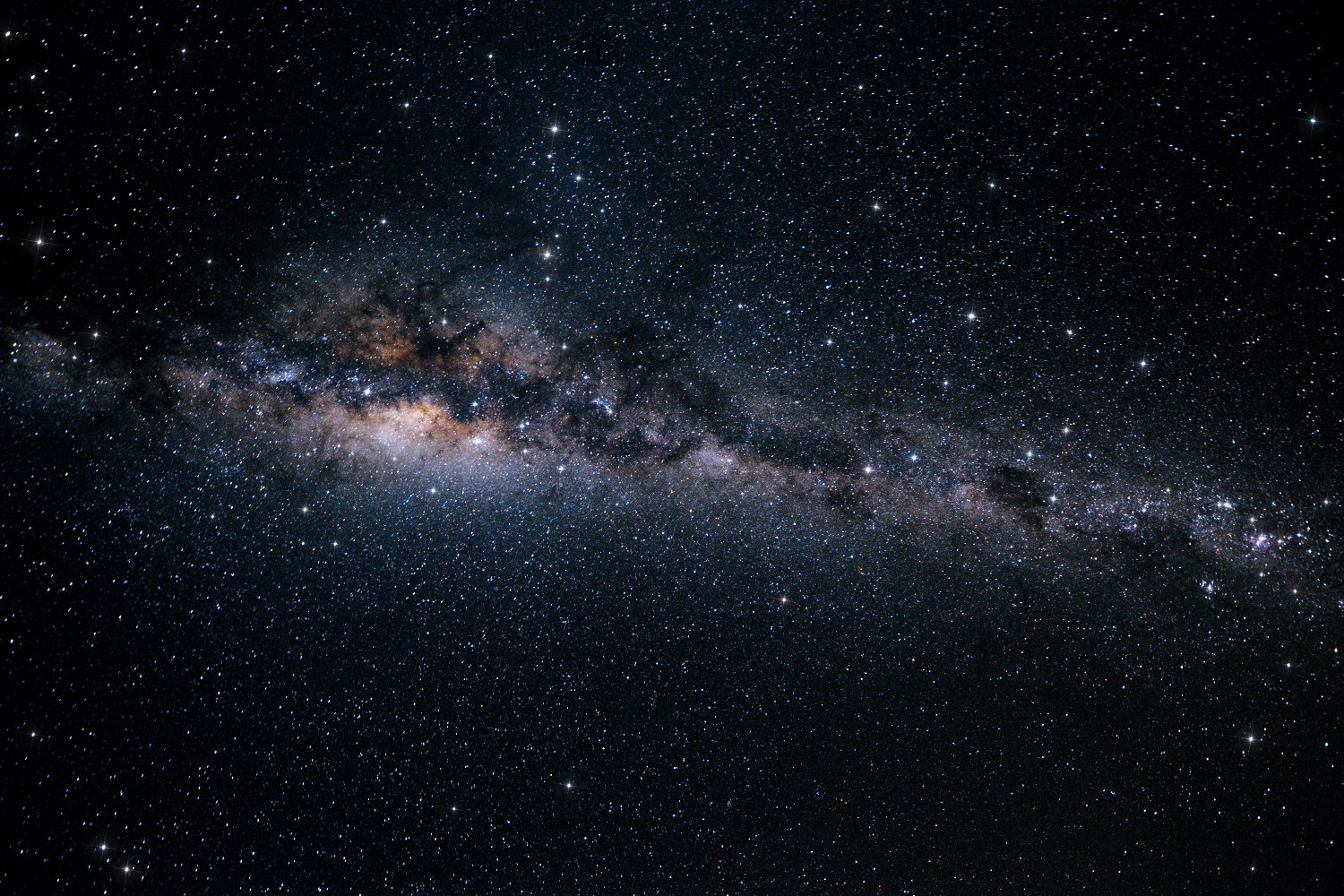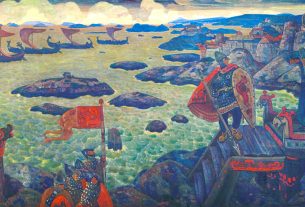Further information
Meet the Ernest Rutherford Fellows
Star-forming radio galaxies: genesis, evolution, and impact
Dr Beatriz Mingo, University of Hertfordshire
Dr Mingo’s recent work with Low-Frequency Array (LOFAR), the revolutionary, pan-European radio telescope array, has unveiled new populations of black-hole jets (powerful beams of near light-speed radio-emitting particles), invisible to prior surveys. Unexpectedly, a significant fraction of these inhabit galaxies like our own and their importance could be vastly underestimated.
To address this, Dr Mingo will use new data from a range of telescopes to establish the prevalence, fuelling mechanisms and duty cycles of these jets in star-forming galaxies like our own. The results will enable a better understanding of the evolution of our Milky Way, not as a passive entity, but as an active participant in the energetic history of our Universe.
Combining Cosmic Microwave Background (CMB) polarization and galaxy surveys for cosmology and astrophysics
Dr Giulio Fabbian, Cardiff University
Observations of the relic light from the Big Bang (known as the Cosmic Microwave Background) and of the distribution of matter as seen by astronomical surveys are two of the main pillars upon which our knowledge of the Universe is built.
Dr Fabbian will exploit the unique synergies enabled by the joint analysis and combination of Euclid satellite and Simons Observatory data to constrain open questions in fundamental physics and astrophysics. His research will shed light on the production of gravitational waves in the early universe and on the role of neutrinos, black holes and supernovae in shaping the galaxies and galaxy clusters we observe today. In doing so, he will guide the exploitation of ground-based and satellite experiments of the next decade.
The first stars and massive black hole seeds in the earliest galaxies with James Webb Space Telescope (JWST) and Near Infrared Spectrograph (NIRSpec)
Dr Hannah Übler, University of Cambridge
Modern cosmological theories predict that the first billions years of cosmic history witnessed the formation of the first stars, the first black holes and the first galaxies. Thanks to the unprecedented capabilities of the JWST, we can now study this transitional epoch observationally for the first time, to capture first light.
Using JWST, Dr Übler will search for the spectral fingerprints of the first generation of stars, identify infant black holes in the early Universe, and determine the nature of the first population of galaxies. The results from her observing campaigns will shed light on the evolution of our young Universe, will reveal how early galaxies and black holes formed and grew, and will help to constrain the next generation of theoretical models on the emergence of galaxies at cosmic dawn.
Time will tell for rare beauty decays
Dr Harry Cliff, University of Cambridge
For half a century, the standard model has proven to be a successful framework for the fundamental ingredients of our universe. However, there are several questions it cannot answer:
- what is dark matter made from?
- why do the fundamental particles have the masses that they do?
- why is there matter in the universe at all?
To address questions such as these, Dr Cliff will search for evidence of new particles and test the standard model through studies of rare decays of beauty quarks, which will be recorded by the upgraded Large Hadron Collider beauty (LHCb) experiment at the Large Hadron Collider.
In doing this, Dr Cliff will access novel information that can help illuminate the anomalies and provide new avenues to discover particles from outside the standard model.
Modelling the destructive formation of moons and rings
Dr Jacob Kegerreis, Imperial College London
Our solar system used to be a much more violent place, with early planets and asteroids crashing into each other to create the worlds we see today. This process and, in particular, the origins of Mars’s moons and Saturn’s rings and mid-sized moons is the focus of some of the longest-running unsolved problems in planetary science.
Dr Kegerreis aims to study these early collisions and formation events with high-resolution supercomputer simulations, to test the different origin scenarios and provide the predictions needed by missions to constrain the actual history of these planets’ systems.
In doing so, Dr Kegerreis aims to reveal in unprecedented detail how systems like Mars’s and Saturn’s could have evolved, and develop next-generation simulation tools to open up many other previously inaccessible topics for study.
Our galaxy in motion: Ripples, ridges and spirals in the Milky Way
Dr Jason Hunt, University of Surrey
Data from the European Space Agency’s Gaia mission has shown that the Milky Way is out of equilibrium, with ridges, ripples and spirals present in the position and motion of stars, similar to ripples on a pond after something disturbs the water. The difference is these ‘ripples’ in our galaxy stretch for tens of thousands of light years and take billions of years to mix away.
Dr Hunt will develop next-generation simulation and analysis methods to model such ‘disequilibrium galactic dynamics’ to reveal the current state and evolutionary history of our galaxy, with the intent to use this as a ‘Rosetta stone’ to understand the evolution of disc galaxies across the Universe.
Identifying the nature of dark matter using the cosmic web
Dr Keir Rogers, Imperial College London
Observations of the cosmos emphatically demonstrate that most of the Universe’s matter is invisible to light. ‘Dark matter’ is the scaffold for the Universe, gravitationally attracting ordinary visible matter, and thus essential to the formation of galaxies, planets and life. The particles and interactions of dark matter, however, remain a mystery.
Dr Rogers will detect or rule out the most compelling dark matter theories. He will search for a candidate known as the ultra-light axion whose discovery could point towards a ‘theory of everything’ that seeks to explain all physical phenomena in a single set of laws. Since dark matter doesn’t emit or absorb light, he will instead look for how different dark matter candidates change the gravitational clumping of visible objects like galaxies and the gas in-between galaxies.
Causes and consequences of the Universe’s largest explosions
Dr Philip Wiseman, University of Southampton
The most energetic explosions and flares in the Universe signal the deaths of stars and the violent growth of black holes. Recent all-sky telescope surveys have revealed a handful of extremely bright, long-lived flares from supermassive black holes on scales never seen before. Why they occur and how they become so bright is unknown.
Dr Wiseman will search for many more of these eruptions in order to understand what causes them, providing new insights into how black holes grow and how they sculpt the centres of galaxies. He will also use these experiments to better understand the supernova explosions of white dwarf stars, a critical tool for measuring the expansion of the Universe and understanding the mysterious ‘dark energy’ that accelerates its expansion.
Measuring the muon anomalous magnetic moment discrepancy with the muon g-2 and MUon on Electron elastic scattering (MUonE) experiments
Dr Saskia Charity, University of Liverpool
The Standard Model of particle physics is the theoretical framework that describes all known particles and their interactions. Despite its successes, there are many aspects of physics for which it cannot account.
Dr Charity’s research is focused on making ultra-precise measurements of particles called muons in order to search for cracks in the Standard Model. The muon is a fundamental particle, similar to an electron, and is sensitive to all known types of particle interaction, making it an excellent tool to search for new physics.
Specifically, Dr Charity aims to resolve the muon g-2 puzzle, the longstanding tension between experimental measurements and theoretical calculations of how muons behave in a magnetic field. She will use data from the Fermilab g-2 and CERN MUonE experiments.
Quark Flavour at the Intensity Frontier
Dr Stefan Schacht, Durham University
One of the biggest unanswered questions in physics is why there is more matter than antimatter in the universe. Importantly, this phenomenon implies different probabilities for the decays of matter and antimatter particles beyond the amount described by the currently accepted theory and encoded in the so-called unitarity triangle.
The unitarity triangle is a visualisation of the different probabilities of quarks, smallest building blocks of matter, transitioning from one form to another. The exact nature of the triangle remains to be discovered though and there is much debate as to whether the triangle actually closes. In his research, Dr Schacht will obtain crucial new insights in order to perform the triangle closure test with upcoming experimental data.



